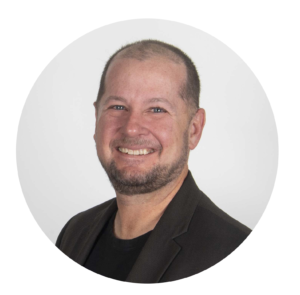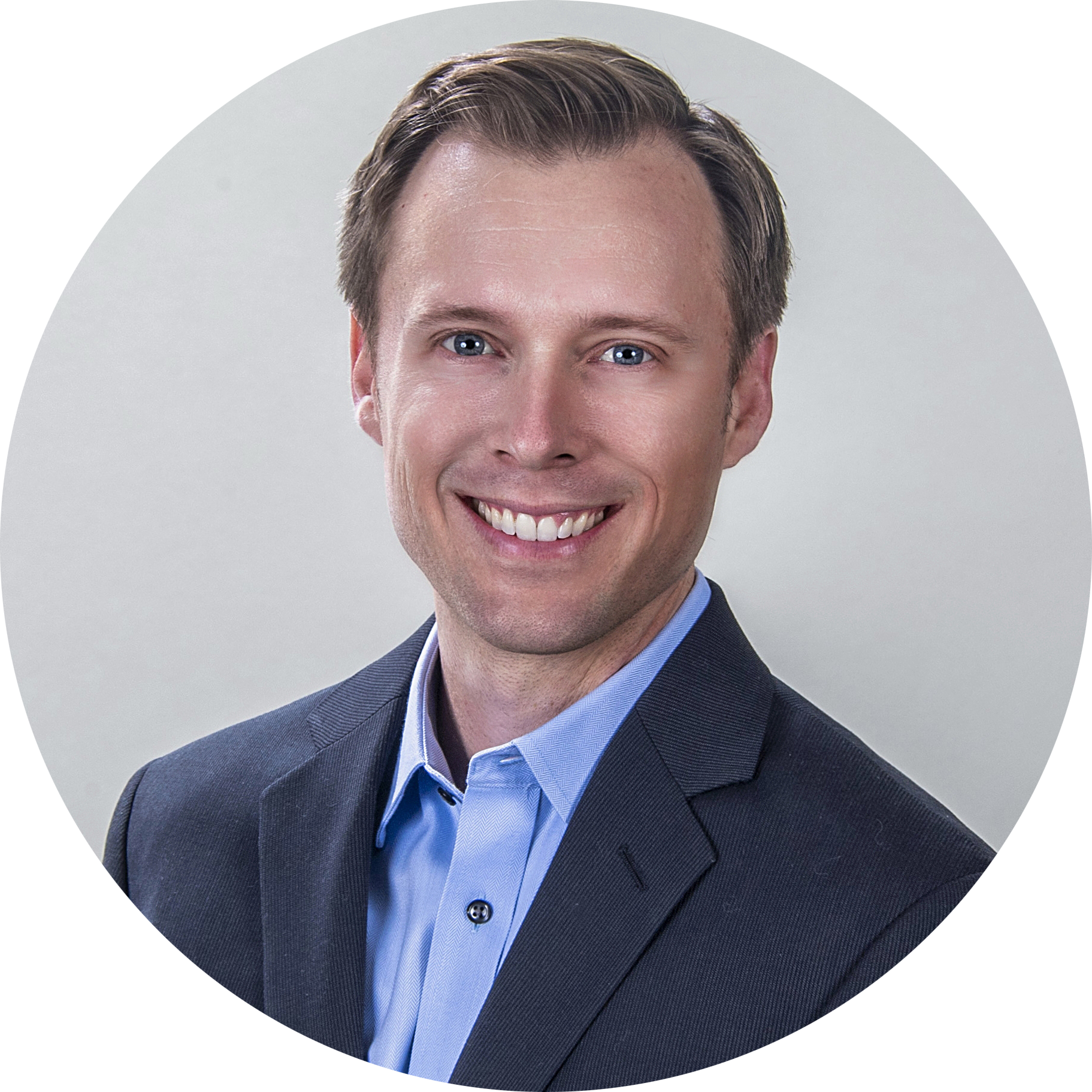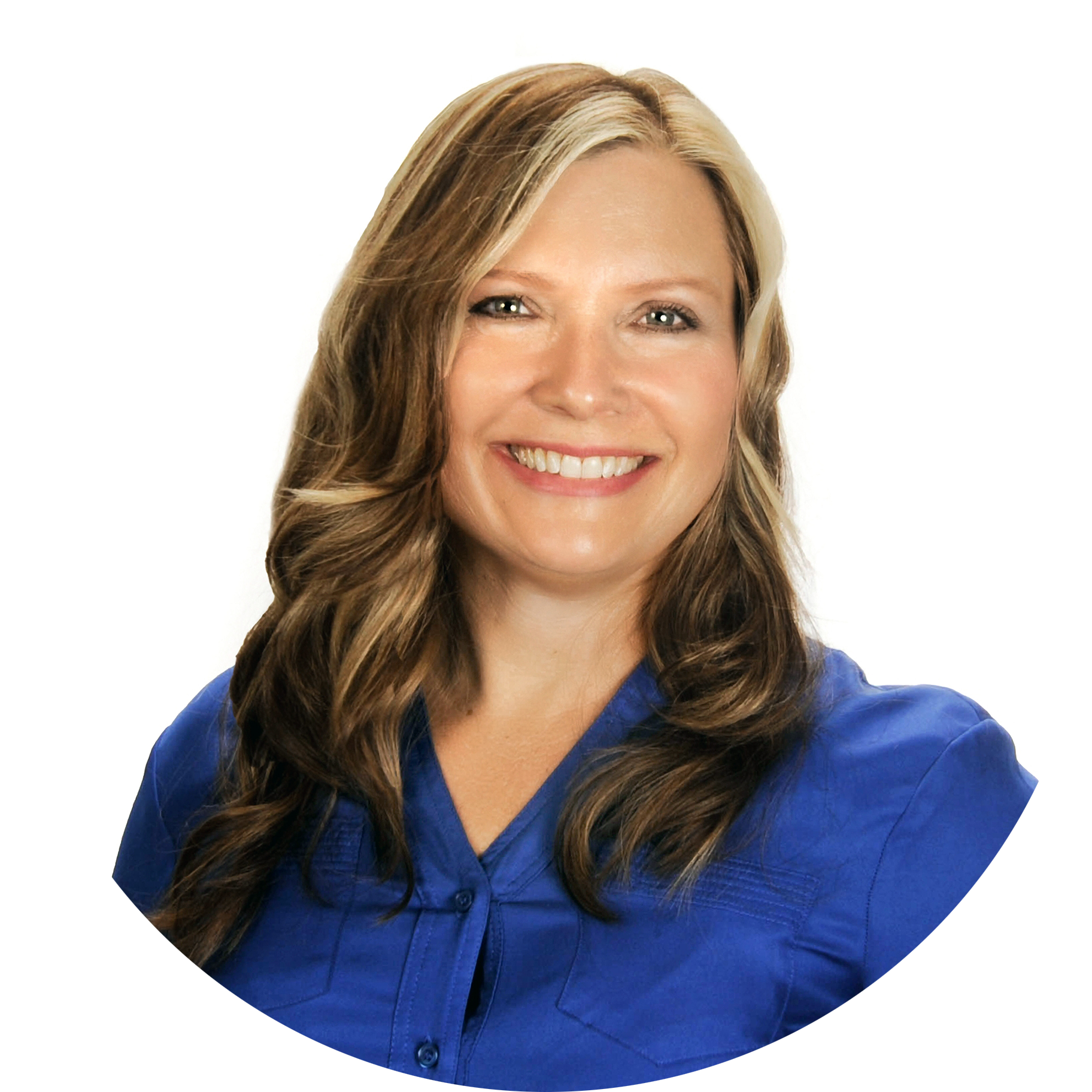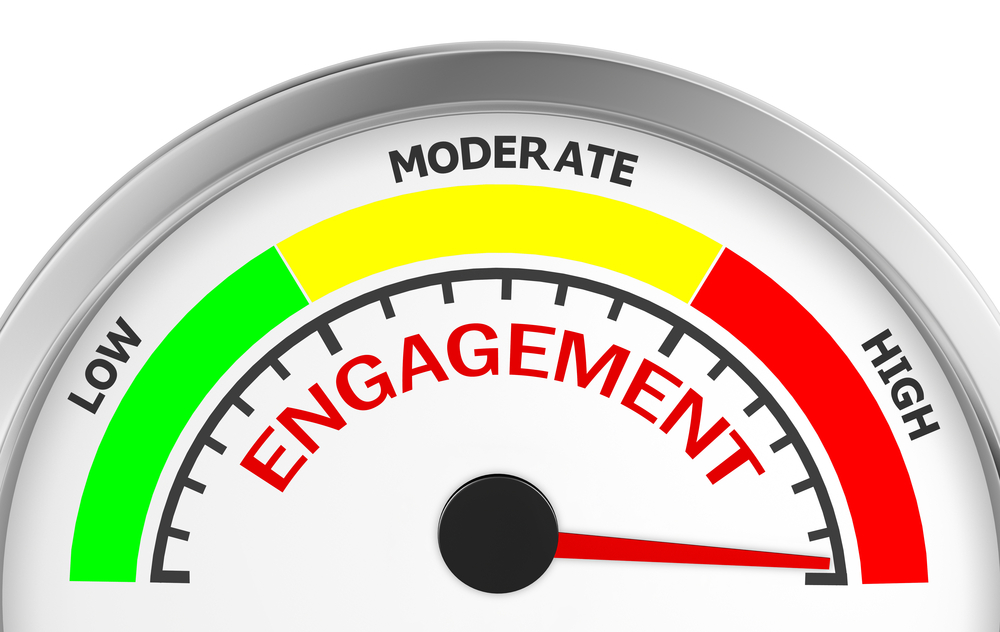5 Practices to Be a Better Peer
5 minute read – There are countless references today to the “lone wolf” – the person who stands alone and doesn’t need anyone else to be successful, individualism marked as the key characteristic to success. But the “lone wolf” is a temporary status because even the powerful and intelligent wolf depends upon the pack for survival. It isn’t the lone wolf, but the pack who trusts each other, that survives and flourishes.
It can be easy to silo ourselves and fall into the dangerous, “I’ll do it myself” mindset or the belief that it’s a sign of weakness to not have all the answers. These challenges often stem from a more basic issue – lack of trust. Perhaps we (unintentionally) fail to trust someone else to complete a task to our standards or we choose to not share ideas because we do not trust the reactions of our peers. Here are a few tips for breaking out of singularity and embracing the power of collaboration and unity by focusing on the importance of trust:
- Build a foundation of trust. Trust is a feeling that follows actions which demonstrate sincerity, competence, and reliability. It can be helpful to shift your thinking about trust beyond the narrative of ethics and morality to a more grounded definition. Approaching the idea of trust with curiosity may enable you to dig into why you trust or don’t trust yourself or a peer. What biases or assumptions are influencing your evaluation of trust? How can you get to the root of an issue in order to form a stronger foundation?
- Developing trust isn’t only about relationships with others. Being consistently competent and demonstrating reliability requires honesty with oneself. When we are used to being fiercely independent, we risk saying “yes” even if we do not have the capacity to meet the request. This does not mean you shouldn’t push yourself to grow your skills and capacity! More so, pause and consider resource allocation and get clear on a person’s request. Are they really asking that you personally need to fulfill the request? Or can you use your resources to ensure the request is fulfilled, on time, and with quality? There are also moments when you may need to counteroffer on the timing and/or scope of the request.
- Clarify expectations. In the process of building trust and moving out of your silo, it is important to be clear about expectations around roles, both yours and others’. We often think we have mutual understandings but walk away from meetings with different interpretations. Develop a common language. Asking questions helps to close any gaps. Provide and/or seek clarification. If there is an expectation of a deliverable, make sure you agree on the date. Unspoken expectations or assumptions can unintentionally result in unmet expectations, and ultimately chip away at trust. Repeat back what you heard, checking that it is in alignment with what the speaker intended. Taking small steps to establish more clarity in communication can mean fewer breakdowns or blunders across departments and stakeholders.
- Keep self-accountability top-of-mind. It is one thing to set clear expectations around roles, it is another to create an environment in which people can assess the process and performance to determine how to be better going forward. As a team, determine how to address accountability; Incorporate opportunities to debrief and evaluate takeaways that fit with your values. This includes self-accountability, stepping back and asking yourself how you could have shown up different. Focus on accountability as a tool for growth and learning, not as a “gotcha” – you have a common goal of the betterment of the company, and helping individuals show up as their best selves adds up to this GOAL.
- Assume positive intentions as you champion discomfort. Building trust around expectations and accountability often flies in the face of how we have learned to speak with our peers. It will probably be a bit uncomfortable as you institute working agreements and norms around communication with the intent of building trust, self-accountability, and peer accountability. Embrace the discomfort. Like most skills, when we are beginners, we are often pretty bad – think of the first time you rode a bike. If we give up because it’s hard or uncomfortable, we risk never growing our skills. Be brave together and assume positive intentions as you grow your capacity for trust, expectations, and accountability.
Unlike the lone wolf, the pack relies on its strength in numbers to face even the harshest conditions. Lean into your team, embracing strengths and acknowledging weaknesses. Compassion and empathy towards each other and yourself go a long way in developing trust, clarity, and a culture of collaboration. And, while the financial institution may not quite be the tundra, leaning into the power of a well-developed team can take you to the next level.








